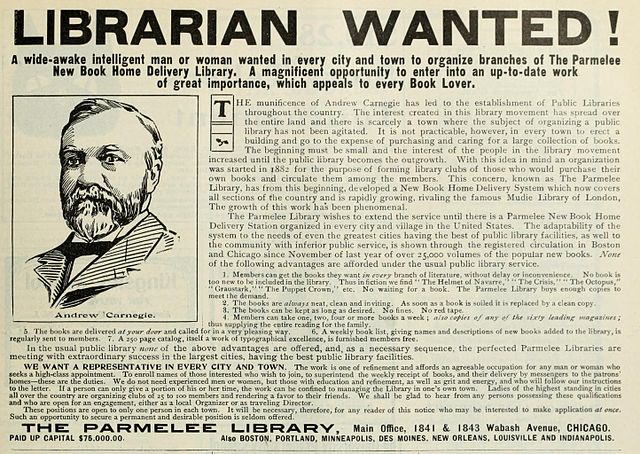- 4-minute read
- 22nd January 2017
Secondary Citations (Harvard, APA and Chicago)
Researching an essay can be like following a trail of clues: you find a textbook that cites something interesting, so you look up that text and find another citation, which leads you to another book with another intriguing citation… and so on.
But what do you do when the trail goes cold and you can’t find one of the books you’ve seen referenced somewhere? One solution is using secondary citations.
What Are Secondary Citations?
A secondary citation is when you reference a text you’ve found cited somewhere else. Usually, this will be because a book or article is out of print or unavailable for another reason.
This should be a last resort, as it’s always better to cite a text directly if you can. As such, it’s always worth asking at your university library if they can order a book in if you can’t find it anywhere (librarians are very good at that kind of thing).

If you really can’t find the original text, though, you can still reference it via the source in which you found it cited. How you do this depends on the referencing system you’re using.
Harvard Referencing
With Harvard referencing, the key is to give the secondary citation followed by ‘cited in’ and the details of the text in which you found it cited (including page numbers):
Helping behaviour has be found to benefit reproductive success in at least five species of mammals (Gittleman, 1985 cited in Koenig and Mumme, 1996, p. 148).
Here, for example, the secondary citation (i.e. the one we’ve not been able to access) is Gittleman, which was found cited in an essay by Koenig and Mumme.
APA Referencing
APA referencing is similar to Harvard when it comes to secondary citations, but the phrasing is a little different, and you don’t need to give a date of publication for the unavailable source:
According to Gittleman (as cited in Koenig and Mumme, 1996) helping behaviour has be found to benefit reproductive success in at least five species of mammals.
Find this useful?
Subscribe to our newsletter and get writing tips from our editors straight to your inbox.
Subscribe to Beyond the Margins and get your monthly fix of editorial strategy, workflow tips, and real-world examples from content leaders.
If you’re quoting a secondary source with APA, you should also give page numbers in the citation.
Chicago Referencing
The rules for secondary citations in Chicago referencing depend on which version of the system you’re using. For author-date style referencing, simply add ‘cited in’ to your in-text citation:
Gittleman (cited in Koenig and Mumme 1996) claims that at least five species of mammals benefit from helping behaviour in terms of reproductive success.
This changes a little when quoting a secondary source, as you should use the phrase ‘quoted in’ and give the page number for where you found the quotation in the secondary citation.
This ‘cited in’/‘quoted in’ distinction also applies when using footnote citations. In this case, though, the first footnote reference should give full publication detail for both sources:
1. J. L. Gittleman, ‘Functions of communal care in mammals’, in Evolution: Essays in Honour of John Maynard Smith, ed. P. J. Greenwood, P. H. Harvey and M. Slatkin (Cambridge: Cambridge University Press, 1985), 187-205, cited in W. D. Koenig and R. L. Mumme, ‘Level of Analysis and the Functional Significance of Helping Behavior’, in Readings in Animal Cognition, ed. Mark Bekoff and Dale Jamieson (Cambridge: MIT Press, 1996), 148.
You can find the publication information for the secondary source in the reference list of the text where you found the citation. For repeat citations, a shortened footnote form can be used.
In the Reference List
With all these systems, the text to include in your reference list is the one you’ve been able to access. As such, with the examples above, it would be the Koenig and Mumme text we’d include in the reference list, not the Gittleman one.